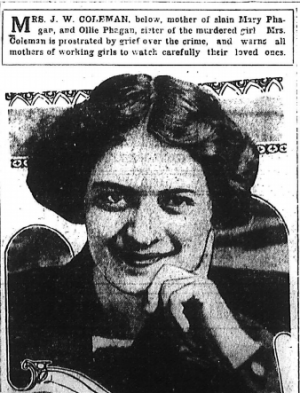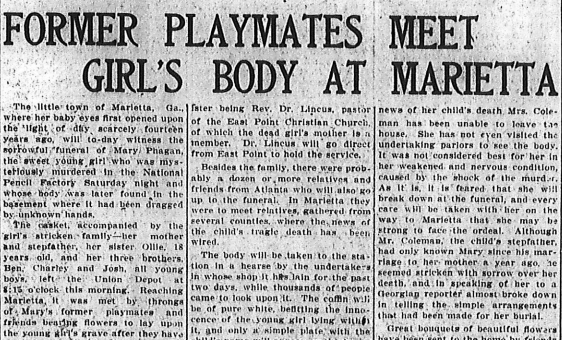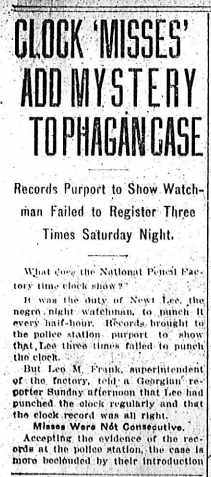 Another in our series of new transcriptions of contemporary articles on the Leo Frank case.
Another in our series of new transcriptions of contemporary articles on the Leo Frank case.
Atlanta Georgian
Wednesday, April 30th, 1913
Records Purport to Show Watchman Failed to Register Three Times Saturday Night.
What does the National Pencil Factory time clock show?
It was the duty of Newt Lee, the negro night watchman, to punch it every half-hour. Records brought to the police station purport to show that Lee three times failed to punch the clock.
But Leo M. Frank, superintendent of the factory, told a Georgian reporter Sunday afternoon that Lee had punched the clock regularly and that the clock record was all right.
Misses Were Not Consecutive.
Accepting the evidence of the records at the police station, the case is more beclouded by their introduction than it was before. Although they appear to show that Lee failed three times to punch the clock, these misses were not consecutive and the intervals between punches never were more than one hour. Continue Reading →

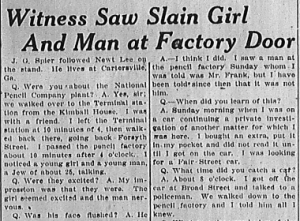
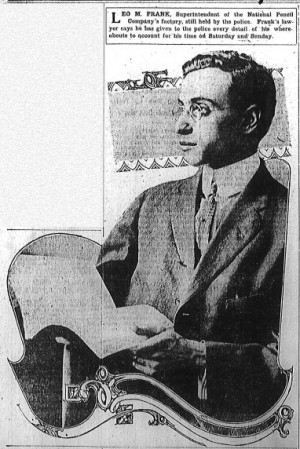
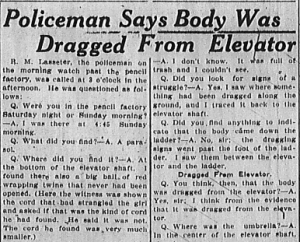
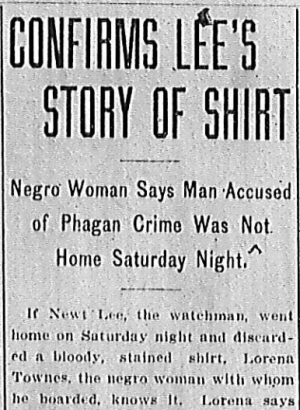
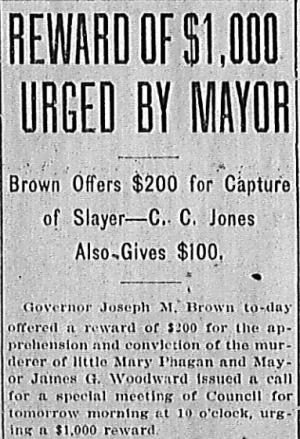
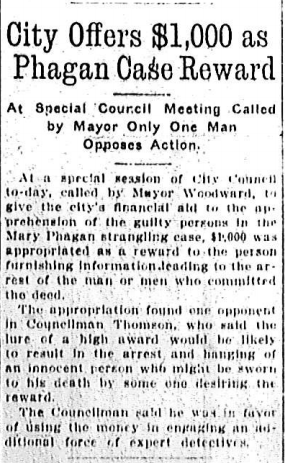
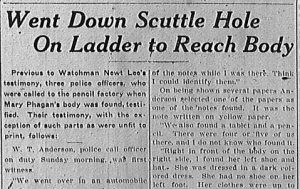
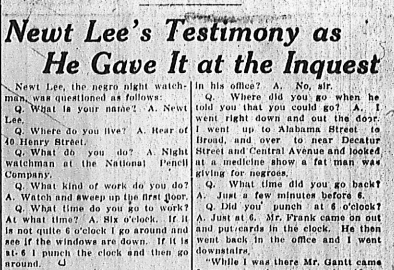
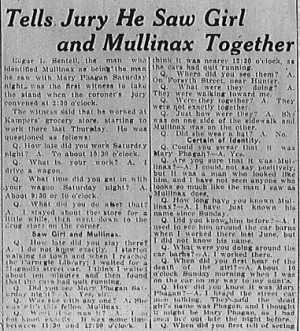
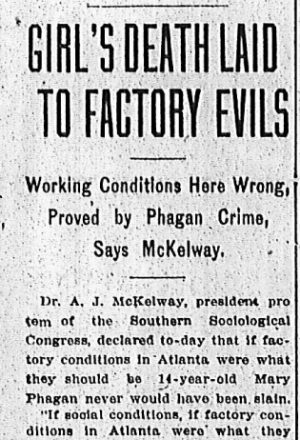
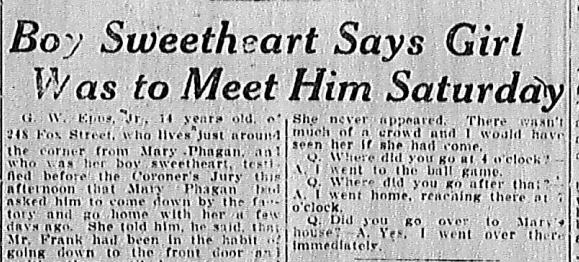
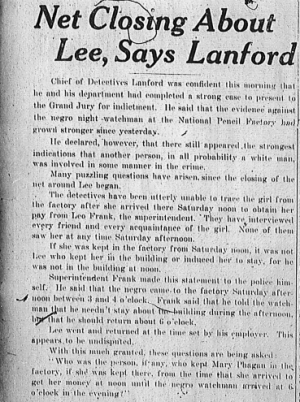

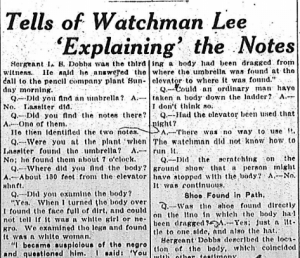
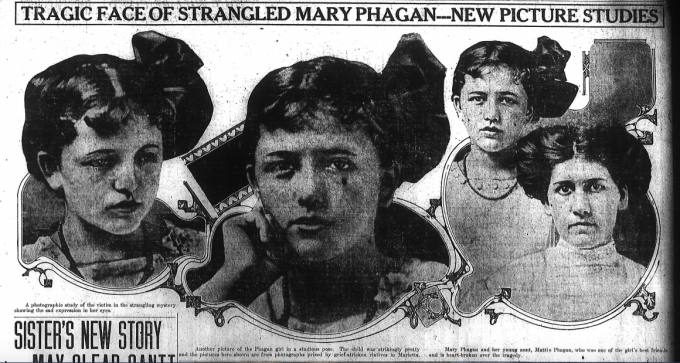
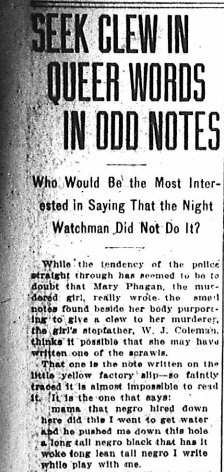
![Gantt reading murder warrant [John M. Gantt was a family friend of Mary Phagan's and was accused of being "infatuated" with the young girl. He was let into the factory on Saturday to retrieve pairs of shoes he had left there prior to his leaving the company. Newt Lee accompanied him as he retrieved his shoes and left Saturday afternoon -- Ed.]](https://www.leofrank.org/wp-content/uploads/2016/02/Factory-Employe-May-Be-Taken-Any-Moment-300x483.png)
